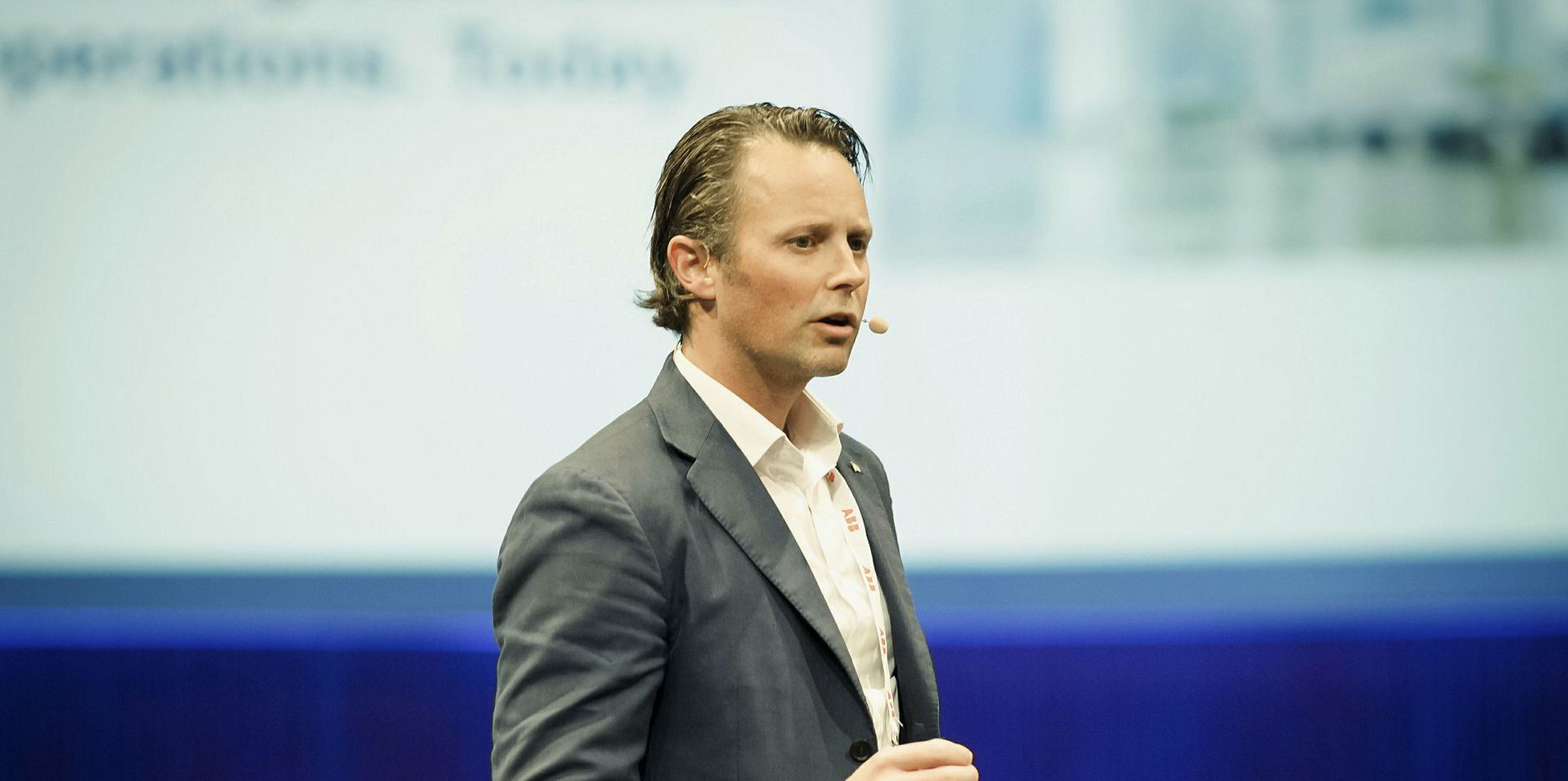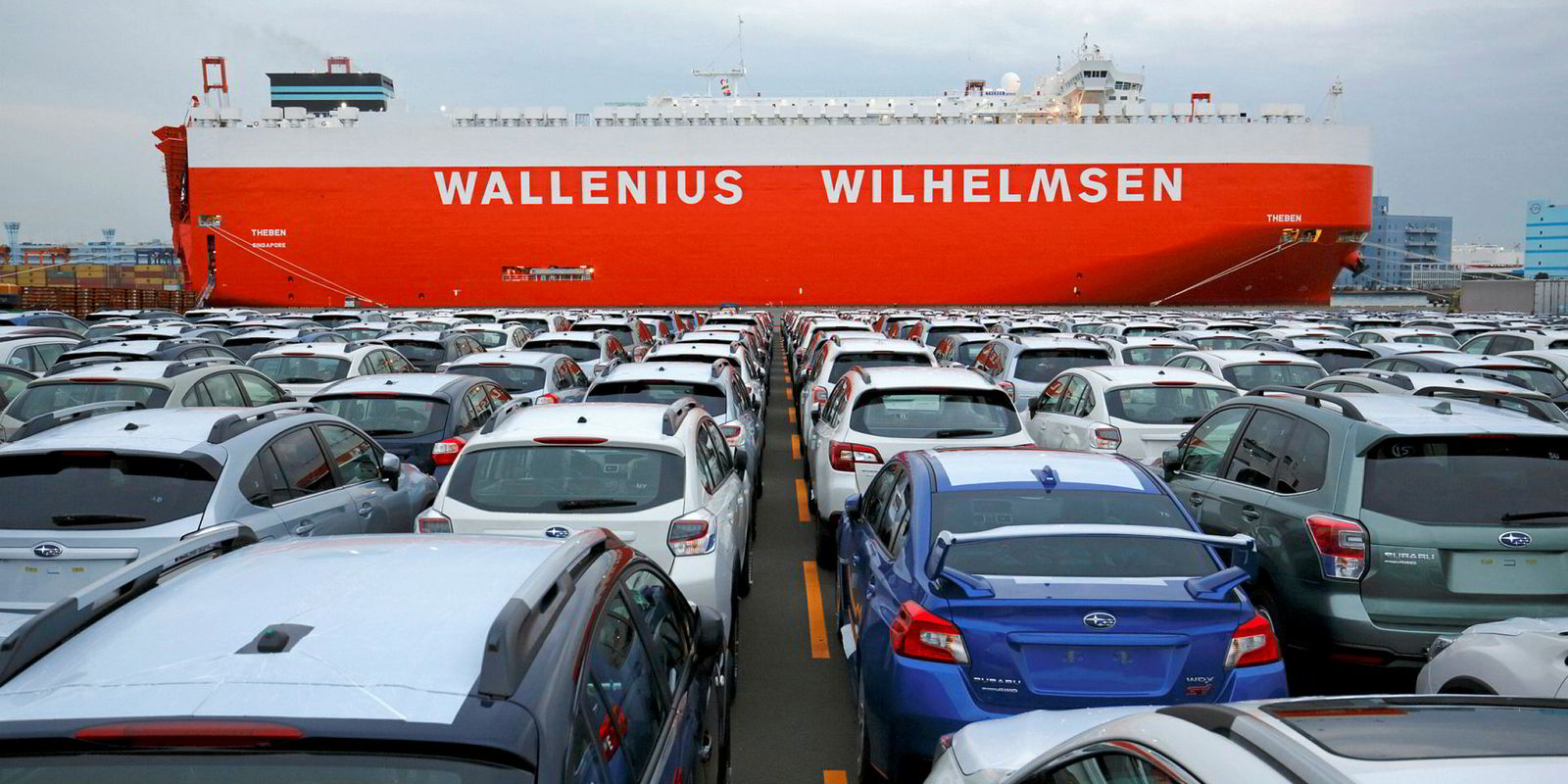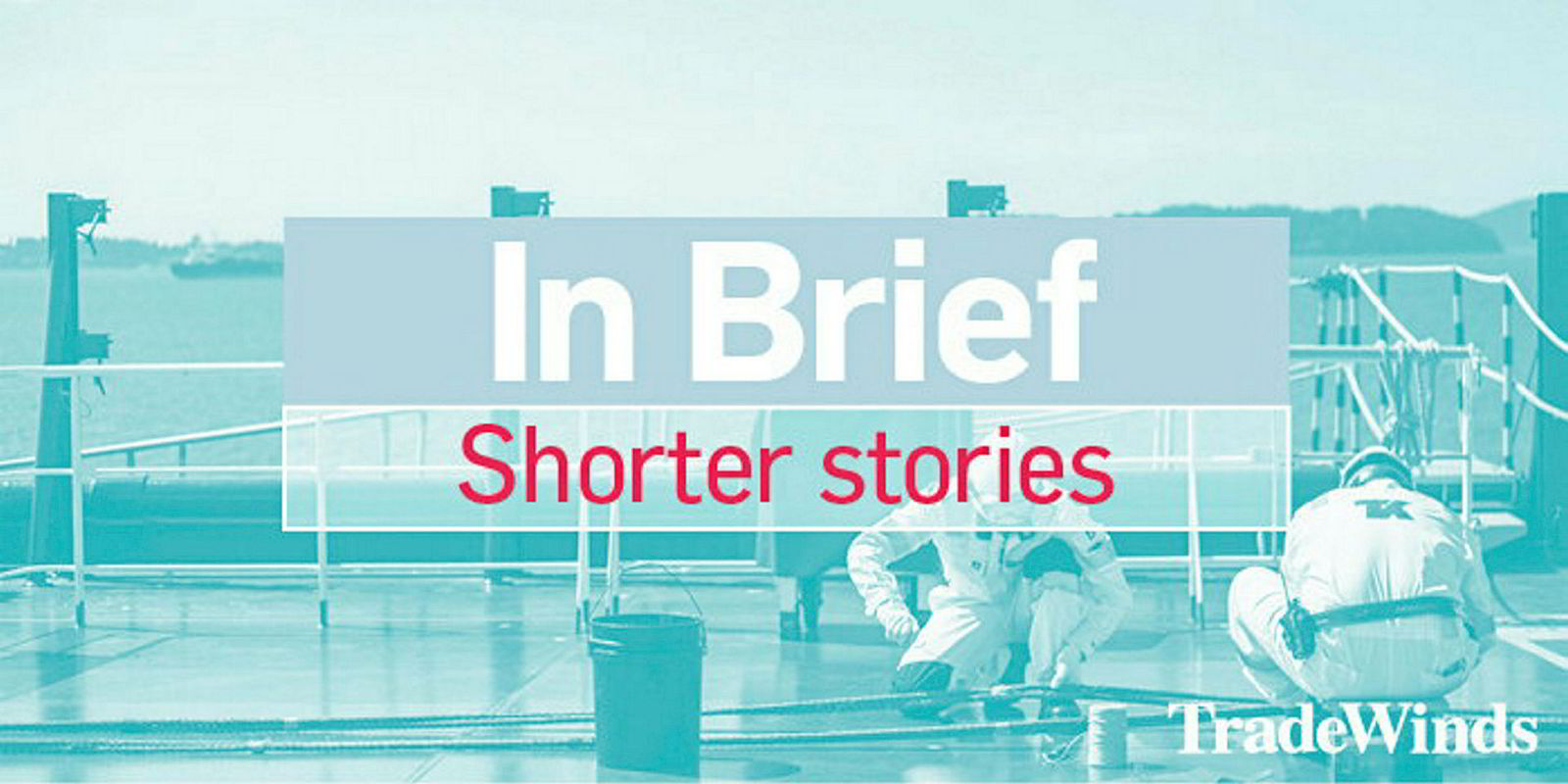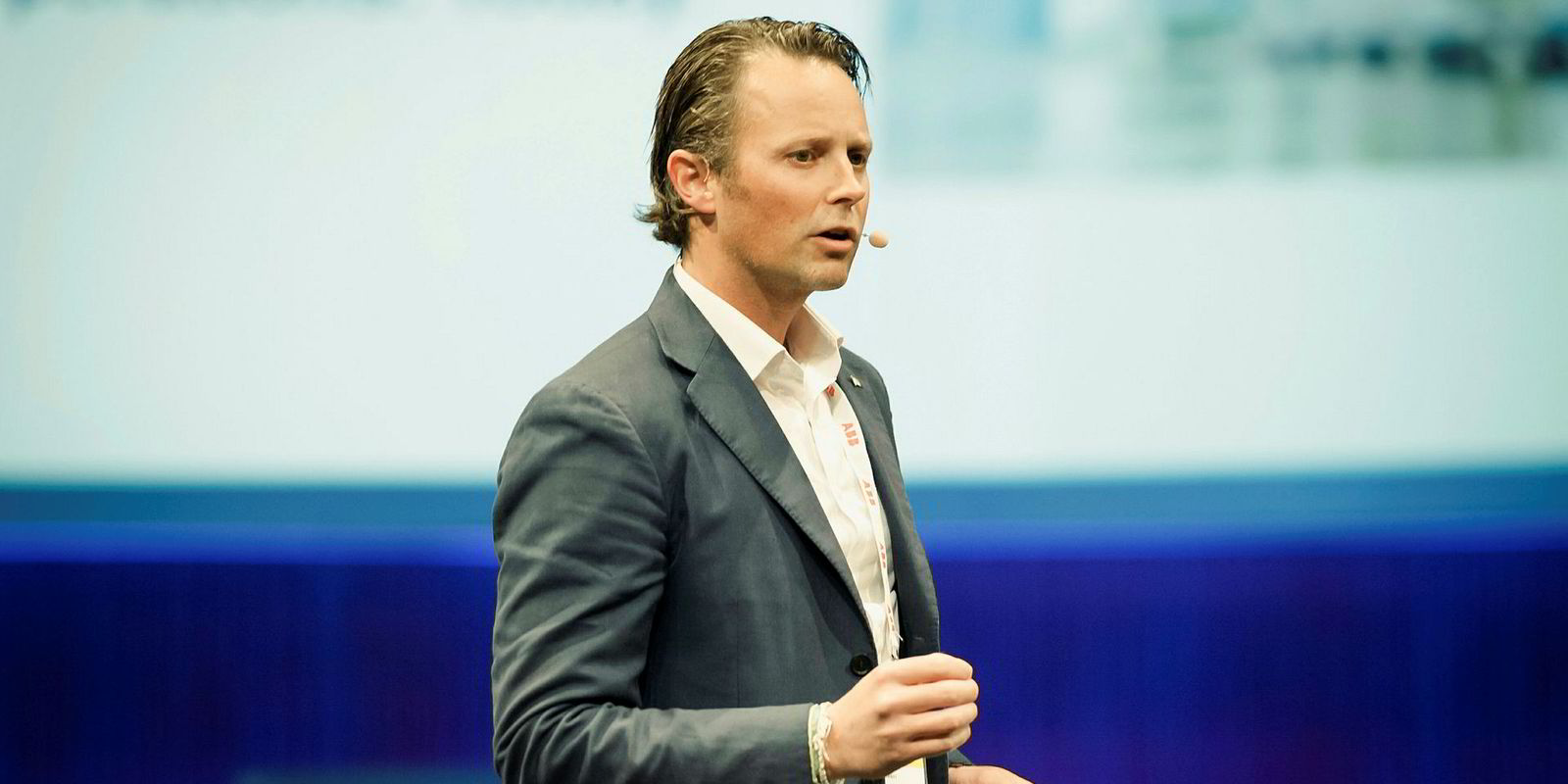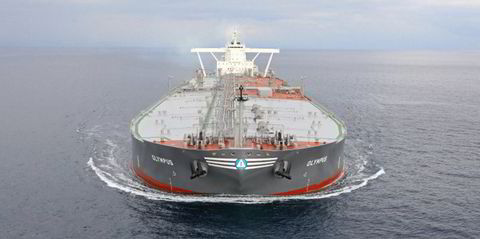Norway’s Wilh. Wilhelmsen intends to use a range of hedges against an expected sharp rise in fuel costs when new global rules come into force at the start of 2020, mandating the use of low sulphur bunkers.
Group chief executive Thomas Wilhelmsen says the company anticipates it will be hard to pass the higher cost on to customers, with low sulphur fuel set to be up to $350 per tonne more expensive than today’s standard high sulphur bunkers.
Among the tools Wilhelmsen intends to deploy to manage the cost are freight surcharges, slower ship speeds, financial derivatives and scrubbers on 25 of its vessels. Lowering speed may also help to raise freight rates, he added.
“We know from the past that it is always a challenge to pass these costs on,” Wilhelmsen told TradeWinds in Tokyo ahead of a seminar for ship management and ship services clients at the Norwegian Embassy on Wednesday.
“I think we need to look at many areas; the financial derivatives side, the use of scrubbers, we need to look at it from a BAF (bunker adjustment factor) perspective.
“So rather than taking an ‘all in position’ we are effectively hedging ourselves in different positions.”
Both shipping and the oil industry are braced for the impact of the new International Maritime Organisation rules which are aimed to cut harmful exhaust emissions of sulphur and nitrogen oxides.
Many expect it will be the one of the largest upheavals seen in the marine fuel market.
Wilhelmsen conceded there remained great uncertainty about the impact of the changes, which might be seen in a range of areas.
"Interesting phase"
“If you look at the macro picture for the whole industry it will be very interesting phase leading up to 2020,” he said.
“It will be interesting because we don’t really know what the price spread will be. And the industry has a big challenge in passing this on to the customers because it is really part of the cost of delivering the service.”
It may act as an incentive to save fuel by cutting ship speeds. “Another part that will be interesting to watch will be whether it will have an effect on speed.
“If the costs are going up then the best place to take it is to reduce the speed. And if you reduce the speed that has a bearing on the overall capacity, and if you reduce overall capacity that might have an effect of the freight rates.”
Wilhelmsen intends to buy derivatives to cover some of the fuel price spread risk, but it will also use scrubbers on a limited number of ships to enable them to continue to burn high sulphur fuel.
Vehicle shipping company Wallenius Wilhelmsen, in which Wilh Wilhelmsen holds a 38% stake, already has five vessels operating with scrubbers and it recently announced plans to install a further 20.
Wilh Wilhelmsen recently reported EBITDA of $33m for the third quarter, up from zero the previous quarter when it took the costs for the attempted acquisition of Drew, a deal that was blocked by US regulators.
Wilhelmsen said the greatest challenge he faced was to lift the financial performance of all parts of the group.
“We need to improve our profitability in general across most parts of the business. If we were to look at a lot of the businesses we have, profitability is not what it should be,” he said.
Creation of Wallenius Wilhelmsen as a standalone entity had already generated synergies of $120m, with plans to save a further $100m through a business improvement programme.
Although the group was already seeing the impact of the US trade tariffs against China on some of its clients in Asia, Wilhelmsen said he remained optimistic that the long-term impact would not be too damaging.
"You have the ghost of trade wars going on. I do not think we will not get too much trade war," he said.
“The world has experienced for decades the positive side of global trade. So at the end of the day while there might be some impact, we don’t end up in a complete clash because it doesn’t gain anyone anything in the long run.”
